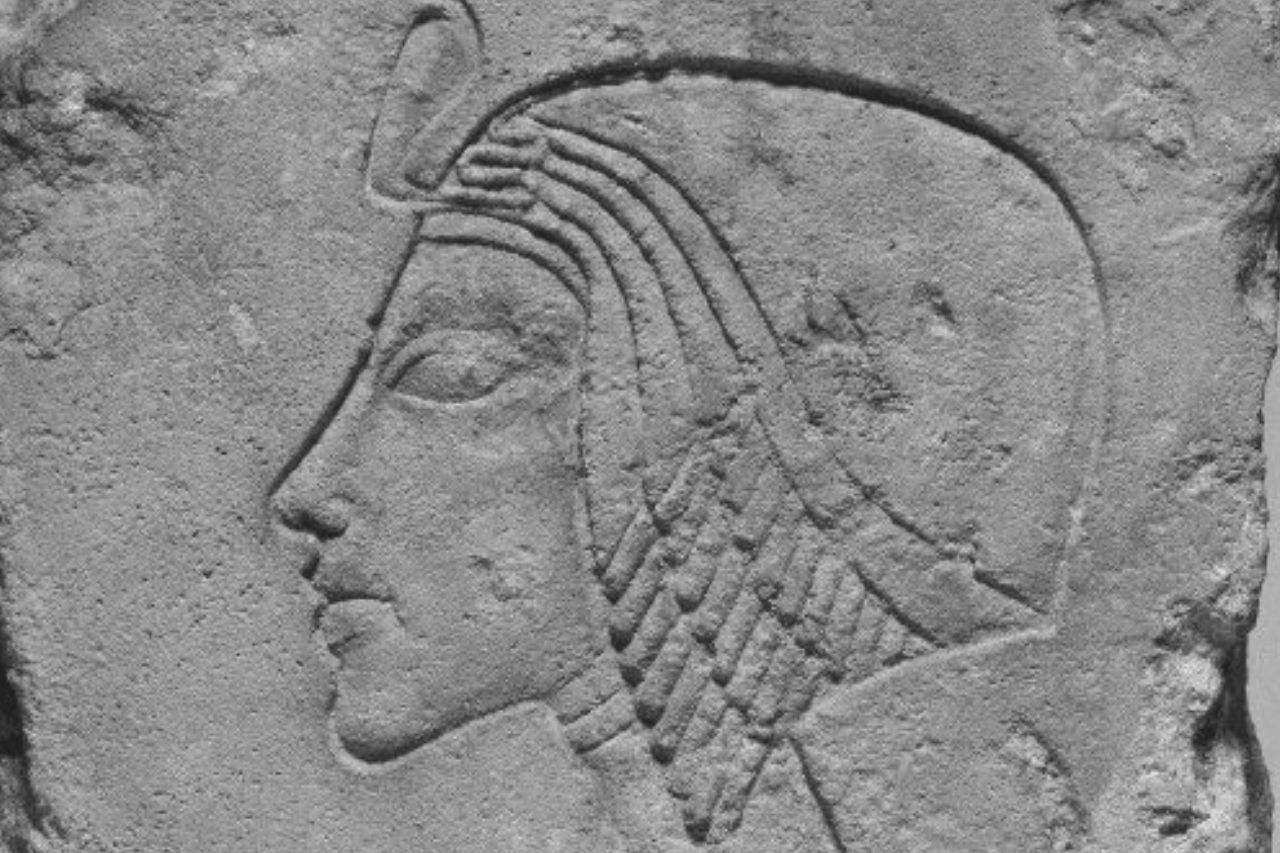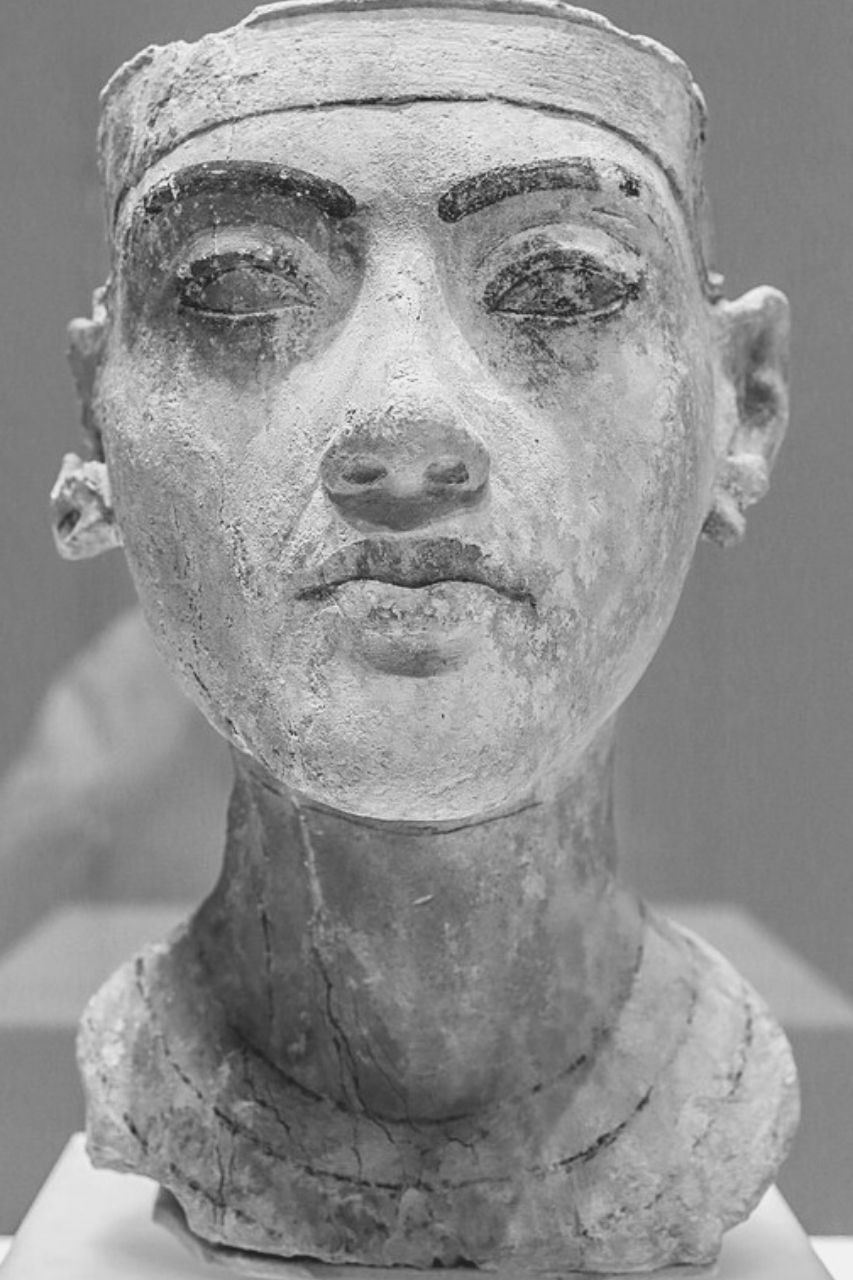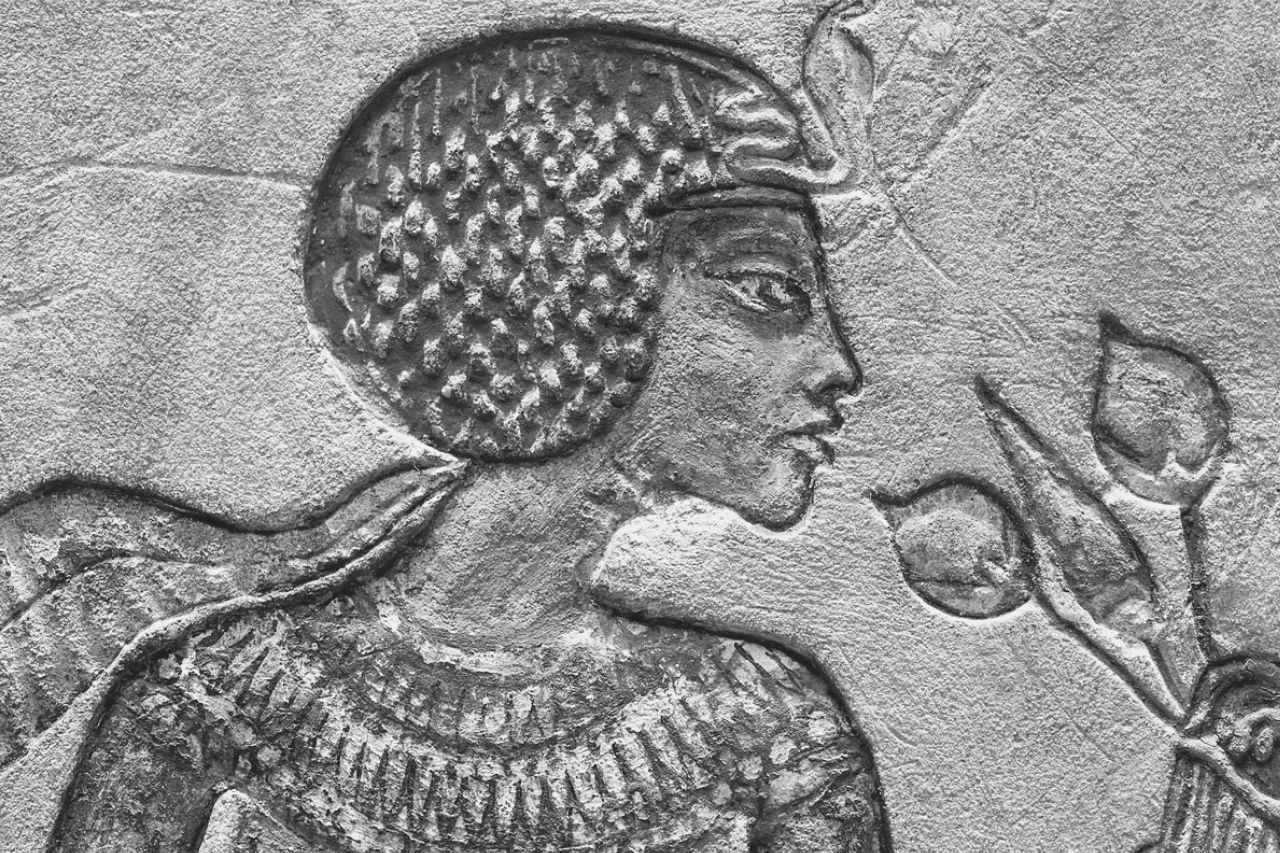Smenkhkare: The Enigmatic Co-Regent of Ancient Egypt
Smenkhkare was an enigmatic ruler whose legacy echoed throughout ancient Egypt. His name means “vigorous is the soul of Re,” and his unknown background provides a mysterious reason for many history fanatics to unveil more about him. If you are likewise interested in the mysteries of legacy and power in ancient Egypt, read this article and find out the secrets of this enigmatic historical character!
Who Was Smenkhkare?
Historians believe that Smenkhkare ruled in the 18th dynasty during the Amarna Period. However, there is limited information about him because succeeding kings in the past decided to eliminate the Amarna Period from the annals of the history of Egypt.
Some historical resources attested that an Egyptian pharaoh named Smenkhkare was married to Meritaten, the daughter of Akhenaten, his known co-regent in ruling Egypt. Other facts about the Amarna Period are unknown, but Smenkhkare remains a popular subject for speculation.
A Theory About the Origins of Smenkhkare: Akhenaten’s Brother?
Historians and archeologists alike agree that Smenkhkare’s origins are still unknown. Some speculators revealed that, aside from being co-regent, he was most likely a brother or son of Akhenaten. There are pieces of evidence saying that his mother was also a less popular royalty, but her identity remains concealed. If the speculation is right, Smenkhkare could have been a brother of Akhenaten with Tiye or Sitamun as their mother.
There is also another theory about the identity of Smenkhkare. Historians explain that he was celebrated as the husband of Meritaten, the eldest daughter of Akhenaten. Evidence of this claim was the signature of a royal daughter named Meritaten Tasherit, allegedly the daughter of Meritaten and Smenkhkare.
Having assumed that he lived in approximately 1337 – 1334 BC, Smenkhkare left a gap in the history of Egypt, causing archeologists to contemplate more on his existence. While you can easily believe that he was born in Egypt and had served on the throne, mere words and claims are inconclusive of his status as a legitimate heir to the throne and his ascendancy to the crown.
Another Theory About Smenkhkare: Was He a Hittite Prince?
Another theory about the existence of Pharaoh Smenkhkare states that, in reality, he was a Hittite prince named Zannanza, who was allegedly sent to Egypt to keep his promise of marrying a queen known as Dakhamunzu. This may have been true but, according to further studies, Dakhamunzu’s husband died early, which contrasts with proof that Smenkhkare was later married to Meritaten.
You can also consider the theory that Smenkhkare simply ruled Egypt. After his death, his wife Meritaten, also known as the Great Royal Wife, ascended to the throne as Pharaoh Neferneferuaten. This could be considered for further studies that, with proper verification, might complete the enormous puzzle that is the existence of Smenkhkare.
Smenkhkare’s Reign
While it is known that Smenkhkare did reign ancient Egypt, a clear explanation about his regime and his kingship has not been discovered yet. Experts are still musing about the meaning of the existence of vases, cups, and stone tablets with his signature.
You could ask: Where did they come from if even the existence of Smenkhkare’s reign is in doubt? Artifacts supporting his royal presence somewhere in the past have been found, but a complete timeline of his kingship is still debatable.
To date, some Egyptologists have also joined the discussion about Smenkhkare’s life, speculating that he could have ruled for only a couple of years. A significant development concerning the timeline of his reign was the discovery of a few monuments supporting his kingship. In addition to the artifacts found in the Amarna palace complex with his name printed on them, studies and extended research about his reign have also been helpful.
Meanwhile, academic researchers have not released an accurate resolution about the existence of Smenkhkare as an Egyptian pharaoh, including the time of his reign in the Amarna Period. Prominent academics have already acknowledged his kingship; nevertheless, without a shred of compelling evidence to support the reign of a certain Smenkhkare, some will still find it debatable.
Smenkhkare and Akhenaten
Smenkhkare could have possibly existed in the past, as proven by the artifacts bearing his name, but the greatest gap is the timeline when he served ancient Egypt as a ruler. Archeologists are uncertain about his life and the approximate time of his reign. Some argued that Smenkhkare served as co-regent with Akhenaten, and that he did not have a reign of his own.
You might wonder as well why Smenkhkare and Meritaten were found together in a tomb in Amarnia. He was presented wearing the khepresh crown and claimed as the son-in-law of Akhenaten.
You must consider that his name only appeared during the time of Akhenaten, without concrete evidence of his rule. Although there was a vase from the tomb of Tutankhamun showing the names of Smenkhkare and Akhenaten, this finding does not verify the claim for co-regency of the two pharaohs.
Smenkhkare and His Relationship With Neferneferuaten
Some researchers suggest that Pharaoh Neferneferuaten succeeded Akhenaten during one of the most turbulent times in ancient Egypt. After the reign of the latter, in fact, an era of religious chaos began, spearheaded by Akhenaten himself when he dismantled all traditional religions embraced by the people and demanded that they only worship the sun god, Aten.
Akhenaten was an honored royalty before his regime, but there was a tremendous backlash once he started his reign. He campaigned for the abandonment of the worship of the gods people had revered for years and years. He even tried to move the temple to Karnak to solidify his attempt to form a monotheistic religion in Egypt.
You might be surprised to know that Neferneferuaten, a female pharaoh, was probably the same as Nefertiti, the wife of Akhenaten. She reigned in approximately 1353 – 1336 BC, and she was technically the queen when her husband was sitting on the throne of Egypt.
Just like her husband, Neferneferuaten was consumed by the worship of the cult of sun god, Aten. Both husband and wife had united their power to propagate the divine power of Aten compared to the original gods of Egypt. It was their goal to create a single god for the entire country.
Who Was Neferneferuaten?
Neferneferuaten’s origin is not confirmed, but her name means something on the line of “a beautiful woman has come.” According to scholars, she must have been a princess from a region called Mitanni. It was believed that she was born in Egypt to Ay, the brother of Akhenaten’s mother.
She gave birth to six daughters to Akhenaten. The first three daughters were born in Thebes and the remaining three at Amarna. After her death, her daughter named Neferneferuaten Tasherit succeeded her mother to the throne, but her reign probably lasted only two or three years.
Following the short reign of Neferneferuaten’s daughter came Smenkhkare which, as you know by now, was the most elusive ruler of Egypt. You can figure out that the succession of power to the throne at this time focused on women before Smenkhkare finally claimed the royal seat. That is, from Neferneferuaten or Nefertiti to her daughter, Neferneferuaten Tasherit, and finally Smenkhkare.
The period of waiting between the death of Akhenaten and the alleged rise to the throne of Smenkhkare does not appear too surprising. He had to wait for his turn before he allegedly inherited the throne. However, the legitimacy of the time frame when he was supposed to rule Egypt has been a major concern of historians and Egyptologists, so that it is unclear whether the story of Neferneferuaten preceding him is also a legend.
Alternative Theories About Smenkhkare and Neferneferuaten
As there is no definitive knowledge, the theories on the identity of Neferneferuaten abound. There have been speculations about the identity of Smenkhkare based on a report that he changed his name to Neferneferuaten late some time in his reign. Historians contend that Smenkhkare assumed the personality of Neferneferuaten to get hold of the throne.
Another theory on the relationship between Smenkhkare and Nefertiti was unveiled when Akhenaten died. Allegedly, Nefertiti took the name and personality of Smenkhkare, as well as the throne of Egypt as a sole king when Tutankhamen was not yet fit for his royal duty. In Egypt, one could change his coronation name to be different from other royal members, so this explanation cannot be discarded either.
How Did Smenkhkare Die?
The existence of Smenkhkare was a massive mystery for archeological experts who diligently tried to look for evidence of his existence. You could tell that he was considered a royal, but the question of when did he really exist still needs a solid answer.
His death is equally an enigmatic question. Smenkhkare’s age when he died is uncertain, and it can only be determined when the tomb of Smenkhkare will be examined thoroughly to give an answer that many historians have searched for a long time.
Indeed, archeologists found a buried body called Tomb 55 at the Valley of the Kings. At first, they thought it belonged to Akhenaten’s mother, Queen Tiye, but they reassessed their findings when they realized that the remains pertained to a male between the ages of 18 and 25.
The Tomb of Smenkhkare
Archeological experts carefully made a study about the body, which they assumed was the body of either Smenkhkare or Akhenaten. Given these findings, you could assume that Smenkhkare died at the age of 25 or earlier.
Hence, Smenkhkare only ruled for approximately a year if the study was right. Egyptologists found his case mysterious, as well as the fact that they could not figure out whether he was a man or a woman. It was found that he shared names with Nefertiti, which made scholars assume that he was Nefertiti, considering that women were not permitted to take power at that time.
The Smenkhkare tomb is located in the Haureis Nome region, South of Hermopolis. It was discovered to be at the southern tip of the region, with several large pillars as landmarks. The center of the tomb has a staircase that leads down to a wall.
You must know that deliberate examinations of possible evidence pointed to the association of Smenkhkare with Nefertiti, with only few artifacts found with the name Smenkhkare. Since Nefertiti disappeared, historians would like to answer why Smenkhkare appeared at the time Nefertiti vanished.
Conclusion
There has been much uncertainty about the existence of Smenkhkare, and particularly about his ascension to power, because of the confusing rules that regulated access to the throne in ancient Egypt. Although he was recognized by the people, the legitimacy of his reign needs conclusive evidence to be acknowledged in the academic realm.
Smenkhkare’s name means “Vigorous is the Soul of Re.” As powerful as he was, he swept the people’s hearts with his enigmatic existence in the royal world of Egypt. He was associated with Akhenaten and it was believed that they ruled Egypt together in the 18th dynasty. As co-regents, they both ruled Egypt in resolving issues, specifically those related to the Amarna Period.













